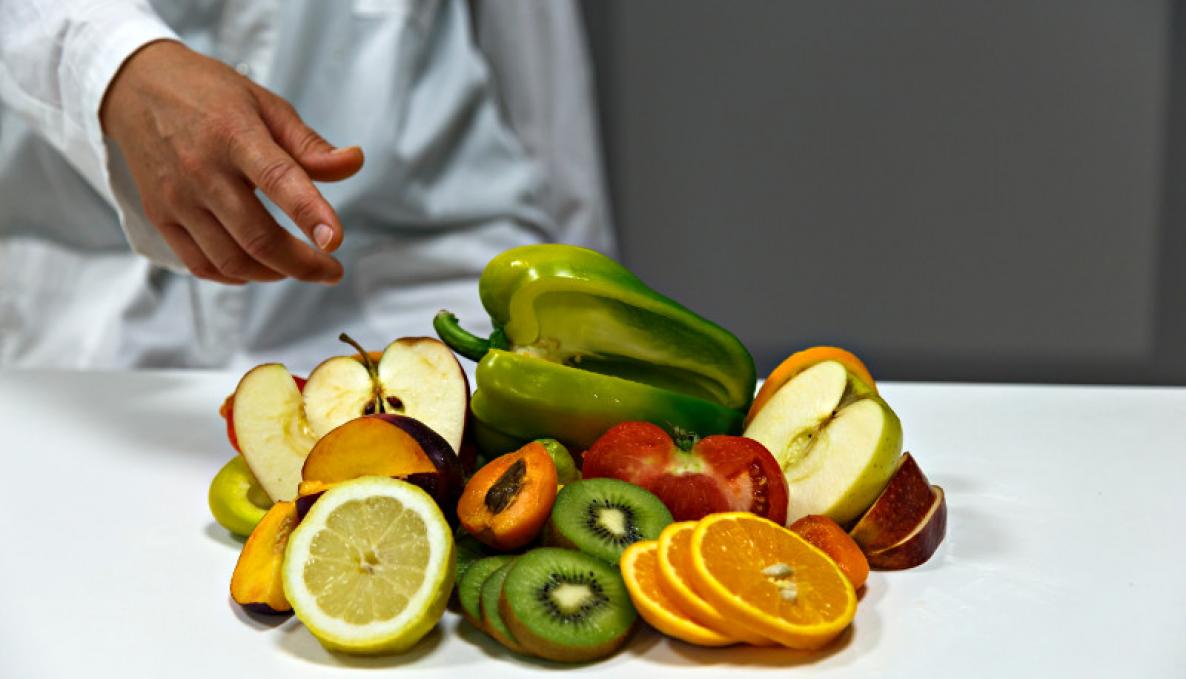global warming has double effects on plants: negative and positive effects of climate change on fruits, vegetables and flowers. sant’anna school life sciences researchers coordinate editorial process of HORTICULTURAE journal special issue

Climate change has negative effects on plants responses at the level of molecular function, developmental processes, morphological traits, and basic physiological responses. However, according to researchers Luca Sebastiani (Director) and Alessandra Francini of the Life Sciences Institute at Sant’Anna School, who have coordinated the editorial process for a special issue of Horticulturae, the international, multidisciplinary, peer-reviewed, open access journal focusing on the positive and negative effects of the accumulation minerals and protein in crop plants. under moderate environmental stress factors (drought, elevated temperature, salinity, and others), crops engage in defense mechanisms by the activation bioactive compounds biosynthesis which enhance the quality of horticultural products: fruits, vegetables and flowers.
“The accumulation of stress-related plant metabolites and antioxidant compounds can positively affect the nutraceutical value of the crops and the quality of horticultural products –Alessandra Francini said – We observed this positive effect of salinity on pepper fruit quality increasing total phenol and the concentration of carotenoids as well as on cultivated olives when exposed to moderate levels of salinity, as demonstrated in a recent field study authored by the Life Sciences institute.”
“Due to the climate change and adverse environmental conditions, the limiting factors for plant production, i.e. the temperature-dependent physiological process such as photosynthesis, salinity, waterlogging and drought stresses are deeply investigated. Understanding plant response and mechanisms of salt tolerance is essential to horticultural plants planning and management. A combined modeling approach and a proper management of irrigation methods can therefore allow optimization for crop yield and product quality.”
Click here to download the Horticulturae journal special issue
Cover photos by Cristina Ghelardi



